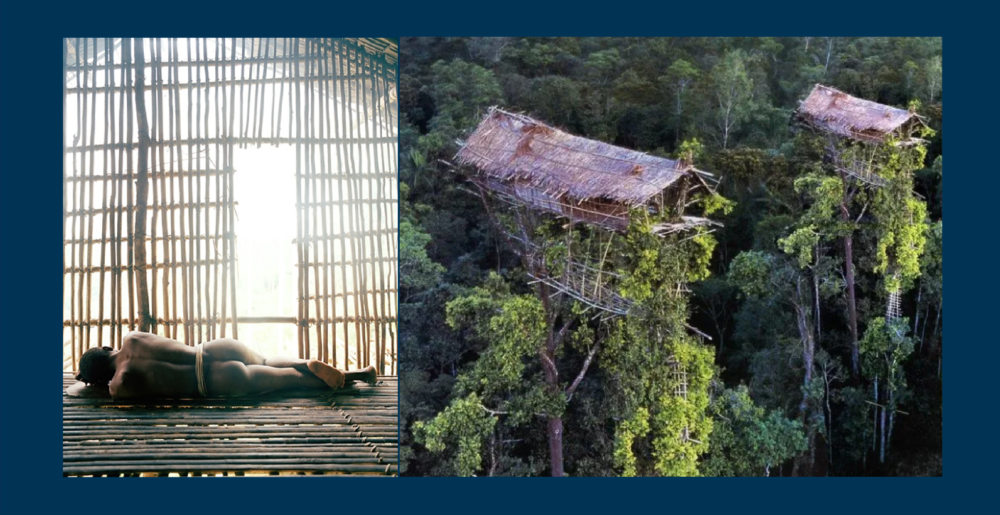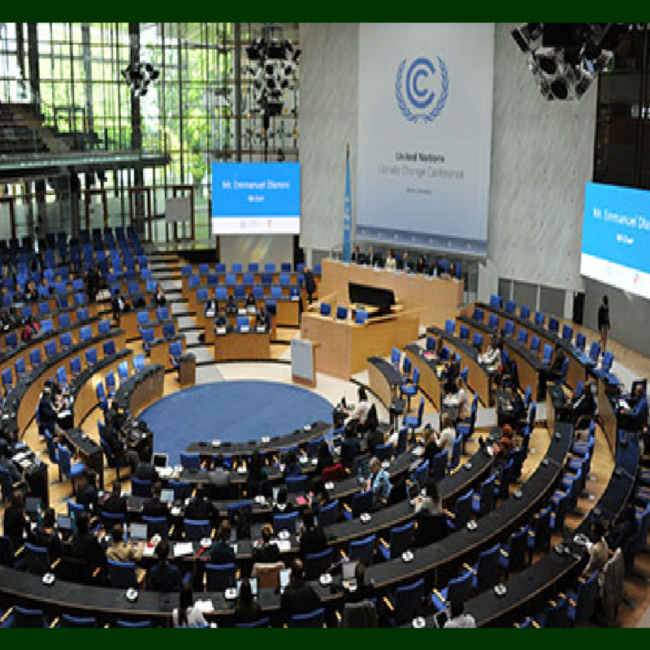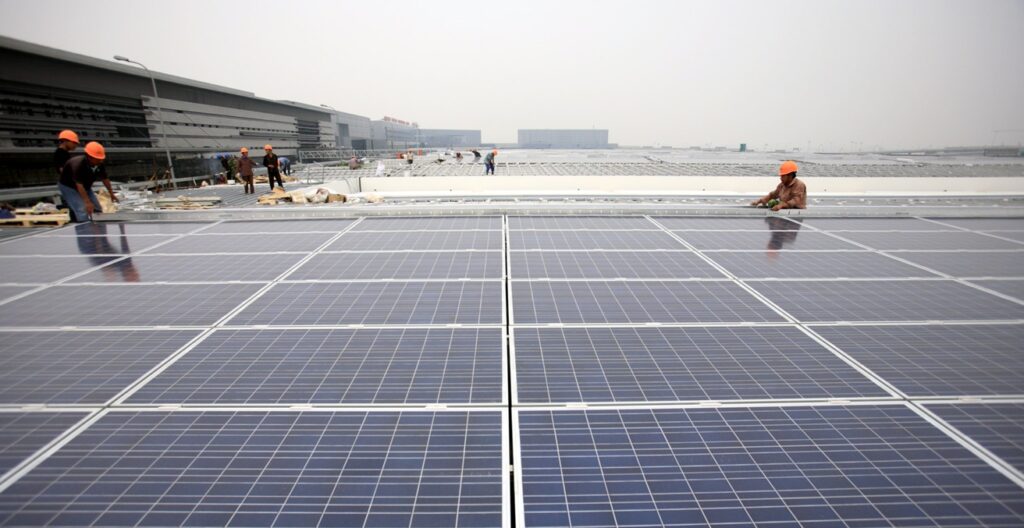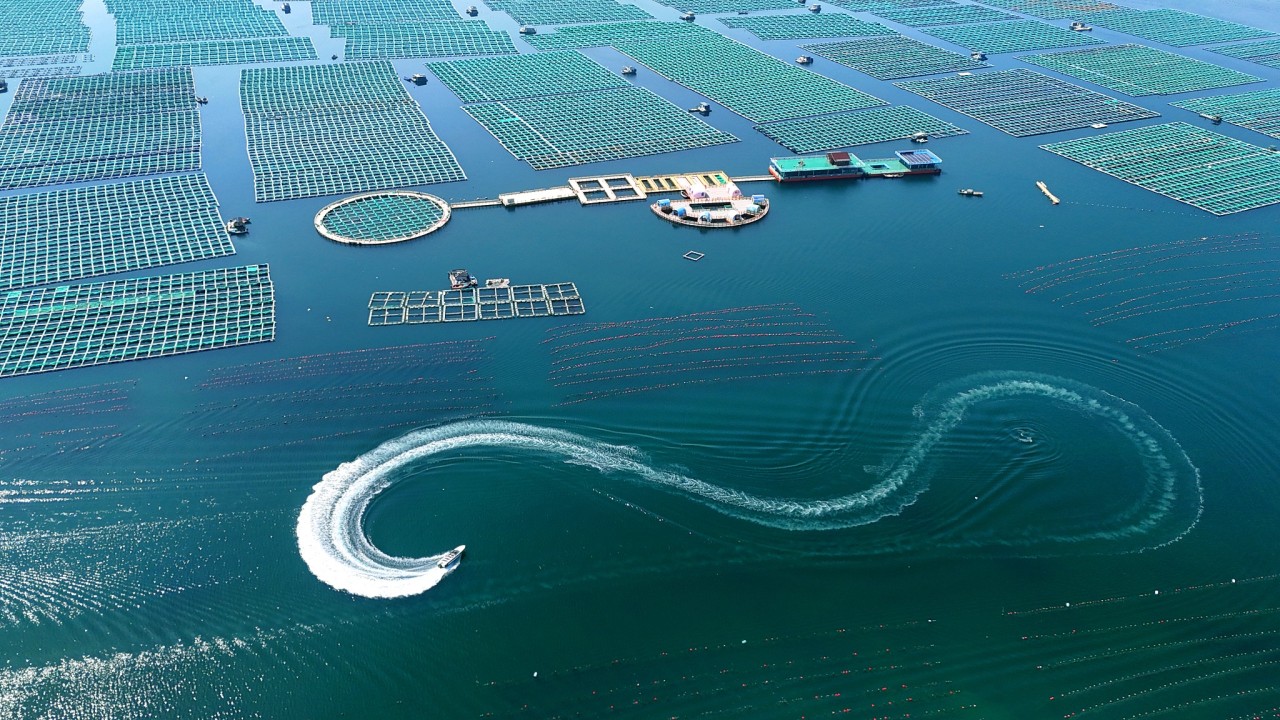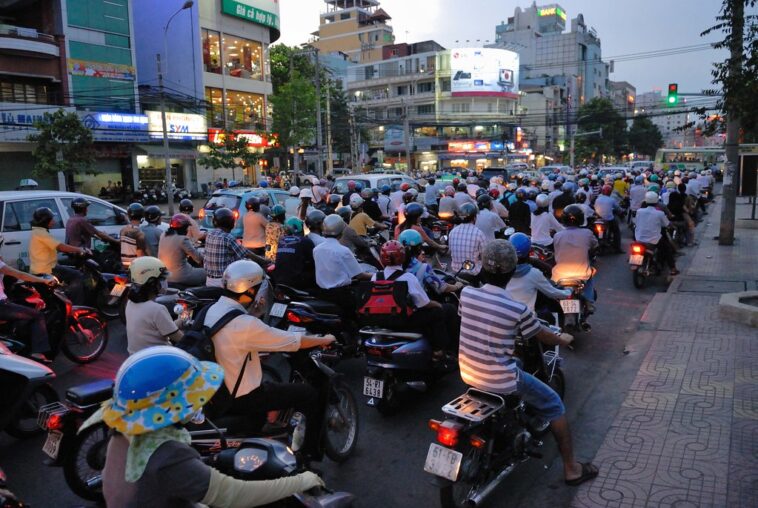In AEMO’s 2024 System Strength Report, there are potential shortfalls in system strength in all of the states that make up the country’s main grid, known as the National Electricity Market- except for South Australia.
“All regions except South Australia are expected to experience system strength shortfalls over the
next three years unless adequate investment or services are provided,” the report says.
South Australia ceased operations of its last coal-fired generator in 2016. The remaining gas generators are primarily “peaking plants,” which are infrequently used, or “intermediate” plants that operate part-time, leaving no baseload power in the state. Despite some claims, this has not compromised energy reliability or security. AEMO and local network owners have installed four synchronous condensers—spinning machines that do not burn fuel—to address any issues.
A shortfall in system strength can hinder the grid’s ability to recover from disturbances, increasing the risk of extensive outages.
System strength is crucial for grid security and refers to the power system’s ability to maintain and control voltage waveform during normal operations and major disturbances, such as network faults caused by fires, storms, falling trees, or generator trips. These disturbances are becoming more frequent due to Australia’s ageing coal fleet and rising summer temperatures. Advanced battery storage with grid-forming inverters may provide this service in the future.
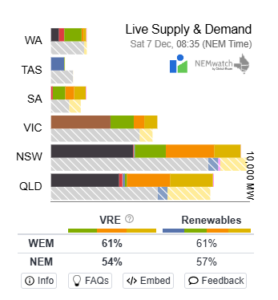
Other states are still struggling with the rapid transition from centralized fossil fuel generators to distributed wind, solar, and storage systems.
The NSW government has decided to pay Origin Energy up to $450 million to keep the Eraring coal generator, Australia’s largest, operational for an additional two years. This postpones the emerging system strength shortfall to 2027, but the issue will need to be addressed if Eraring closes as planned that year.
Transgrid, the primary transmission company in NSW, is exploring solutions to the shortfall, likely using a mix of synchronous condensers (syncons) and large batteries with advanced grid-forming inverters. Ironically, keeping Eraring open has caused problems for Queensland, as it means coal plants there will operate less frequently. According to the Australian Energy Market Operator (AEMO), the shortfalls in Queensland are due to decreased energy exports to NSW, resulting in fewer thermal units being online and lower fault levels than expected. Powerlink Queensland is accelerating its efforts to address these gaps, similar to Transgrid.
Victoria is also projected to have a system strength shortfall in 2025/26 due to expiring contracts. This will be managed through new contracts or partially by a new syncon announced by the state government to support renewable energy deployment. Even Tasmania, which primarily relies on hydro power, faces multiple shortfalls across its network nodes, with the local transmission company working on solutions.
These are not predictions of blackouts, but rather identifications of potential gaps to ensure proactive measures are taken. South Australia has already done significant work in this area, making it one of the most secure and reliable grids in the country, comparable to Germany’s high reliability factor of 99.997 percent.
While grids relying on wind and solar deal with variable power supplies, they are largely predictable. However, sudden failures of large centralized generators are less predictable, which is AEMO’s primary concern.







